History and Tradition
History
Two hundred years of learning

Sacré Cœur is a Catholic Independent School for girls from Prep to Year 12 founded by the French order of nuns, the Society of the Sacred Heart (RSCJ) in 1888. Sacré Cœur is one school in the Sacred Heart network of over 150 sister schools in 41 countries. There are four Sacred Heart schools in the Australian and New Zealand network. Sacré Cœur, Glen Iris, has its origins in the vision of St Madeleine Sophie Barat who founded the Society of the Sacred Heart in Paris in 1800. Growing up during the French Revolution in the small town of Joigny about 80 miles south of Paris, Sophie felt a strong call to religious life from an early age. Although her attraction was to a strictly contemplative life, her reflections led her to the realisation that an education based on Christian values was essential for a more just society to emerge from the upheaval of the Revolution.
Having an unusually strong classical education herself, she envisioned an education for girls which would develop each student’s gifts to the fullest, lay the foundations for a solid, active faith, including compassionate service to the poor, and awaken a thirst for life-long learning.
Sacred Heart Tradition
Five Goals of Sacred Heart Education
A Sacred Heart education is marked by a distinctive spirit.
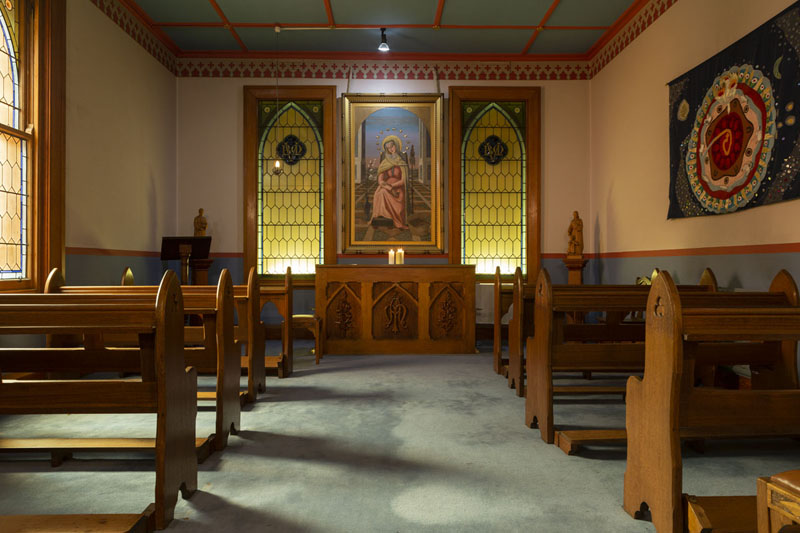
This spirit is expressed in the five Goals of Sacred Heart Education. Most Sacred Heart schools around the world hold the five Goals as fundamental to the way in which the School is run. In their every day school life, members of the school community endeavour to ‘live out’ these Goals. For each Goal there are several criteria. These are statements of intent through which the Goals are achieved.
It is of the essence of a Sacred Heart school that it be deeply concerned for each student’s total development: spiritual, intellectual, emotional and physical. A Sacred Heart school emphasises serious study, social responsibility, personal growth and resilience, wise decision-making and lays the foundations of a strong faith.
The Goals and Criteria are fundamental to the four schools that belongs to the Australian and New Zealand Network of Sacred Heart Schools (ANZNet). They provide the framework within which each school develops its own specific objectives appropriate to the local situation. They will serve as instruments of evaluation and accountability by which each school and the Network as a whole will test its congruence with the Sacred Heart philosophy of education.
- A personal and active faith in God
- A deep respect for intellectual values
- Building of community as a Christian value
- A social awareness that impels to action
- Personal growth in an atmosphere of wise freedom
School Motto
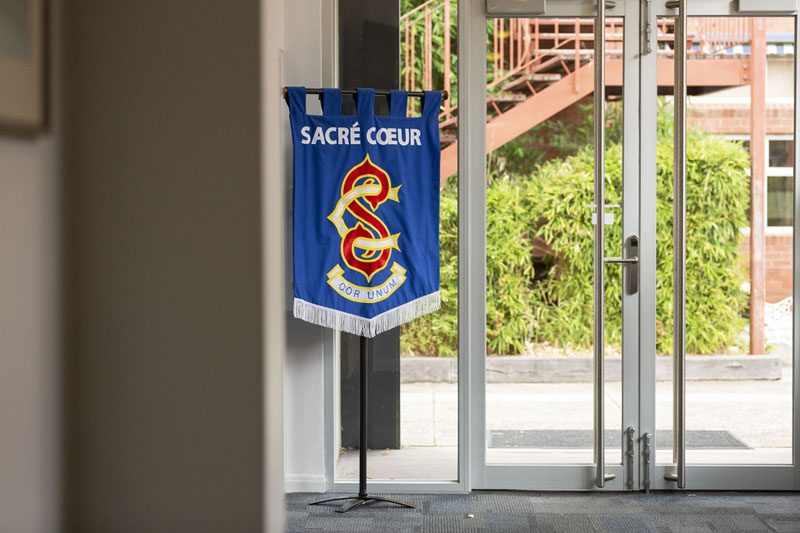
Our Motto, Cor Unum et anima una in corde Jesu means one heart and one mind in the heart of Jesus Christ.
Our students aspire to share in and model a Cor Unum spirit which is demonstrated by their ability to live, grow and share with others an open and generous heart.
Statement of Democratic Principles
Sacré Cœur adheres to and promotes the principles and practices of Australian democracy:
- We believe in an accountable, democratically elected government.
- We respect and observe the rule of law, and believe that no person is above the law.
- We believe in equal rights for all before the law, regardless of race, ethnicity, religion, sexuality, gender or other attributes.
- We believe not only in the freedom of religion, but also the need to practice tolerance and understanding of others’ beliefs.
- We believe in the value of freedom of speech and freedom of association, but also acknowledge that we have the responsibility not to abuse this freedom.
- We believe in the values of openness and tolerance, and value and respect all members of the school community regardless of background.
As such, Sacré Cœur adheres to the reporting requirements under Commonwealth and State funding agreements and makes available on request reports on all aspects of school performance to members of the school community.
Wisdom Women
As a Sacred Heart School, we find our meaning and purposes in the educational vision of the Mother Foundress, St Madeleine Sophie Barat, who founded the Society of the Sacred Heart (RSCJ) in 1800, in the aftermath of the French Revolution. We are indebted to the members of the RSCJ for the legacy of the charism of Sacred Heart Education which is the foundational named after four RSCJ wisdom women: St Madeleine Sophie Barat, St Philippine Duchesne, Mother Janet Erskine Stuart and Mother Mable Digby.
St Madeleine Sophie Barat
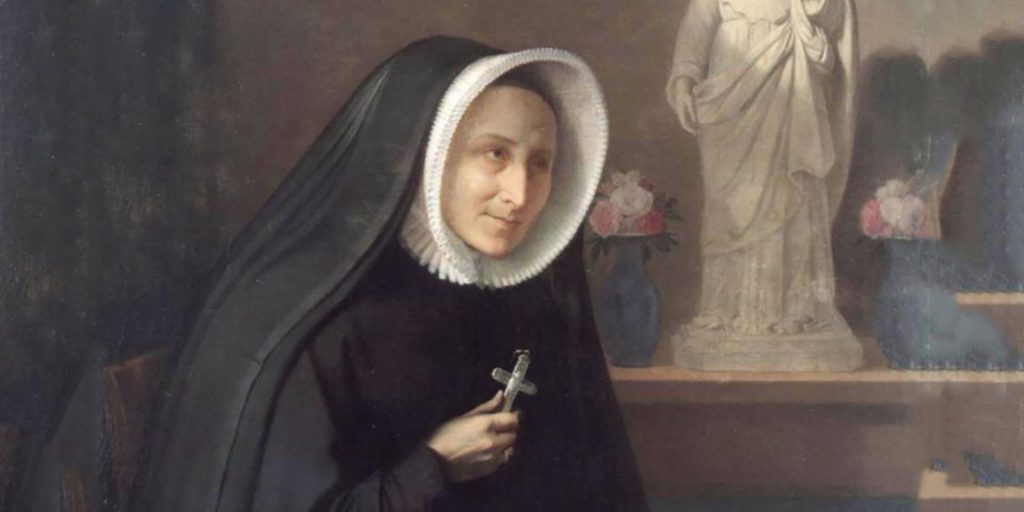
What do we know about St Madeleine Sophie Barat RSCJ and her key attributes?
- She was courageous, a risk taker, an agent of change and able to bring others with her.
- She founded 105 Houses in many countries.
- She built communities, based on love.
- She loved children.
- She believed in forming both a student’s character and intellect as she saw the importance of bringing together our head and heart in all we do.
- She believed in friendship and the transforming power of women. I wonder what she would make of the changing role of women in our society today?
Some of her renowned sayings include – “I would have founded the Society for the sake of one child”. This reminds us of the focus she had on each individual, and that remains a pivotal lens through which we work with one another here.
One of her less well known sayings is, “Let us leave acts not words – nobody will have time to read us” – which asks us to think about what our legacy might be. How will you be remembered as a student here and in your life? What profound contribution will you make?
Madeleine Sophie was aspirational in her quest or challenge for our life purpose. She would challenge us to be our best version of ourselves and to be focused on others.
We often hear people describe our community as grounded – that is we are people who have a spirit of gratitude for all that is given to us and shared with us and so too was Madeleine Sophie. She reminds us to be humble, be simple and to bring joy to others.
Like Madeleine Sophie, our pioneer women share with us incredible stories of personal strength and conviction and serve as wonderful role models.
St Philippine Duchesne
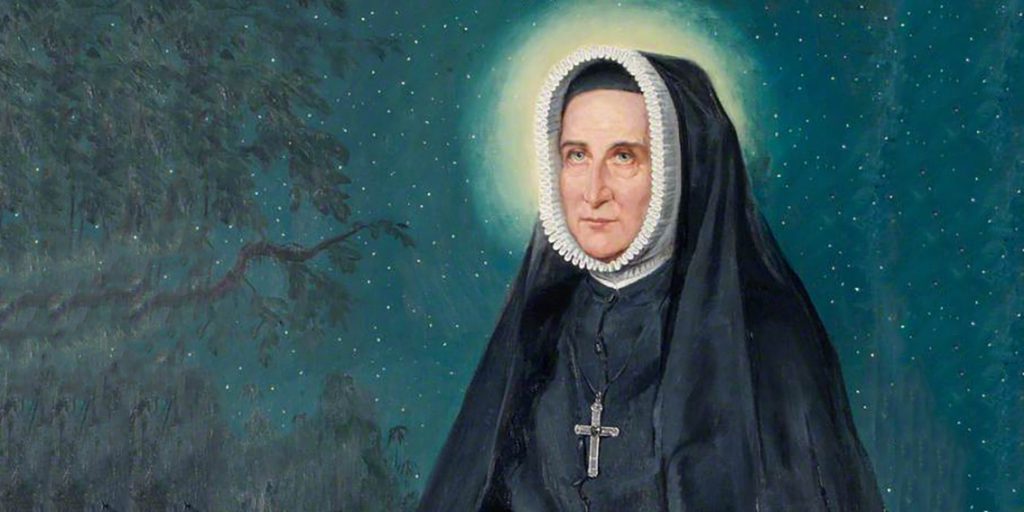
What do we know about St Philippine Duchesne RSCJ and her key attributes?
- She was a courageous, sensitive woman, who was deeply prayerful.
- She loved a simple life and she was very loyal to the church, the order and those whom she met.
- She accepted change and embraced whatever it took (whether it was a changing, language or values) to make her mark wherever her life took her.
- She was committed to serving others and she encouraged people to care for the vulnerable in their families, the Sacred Heart Community, the Society and throughout the world.
Her legacy is probably best captured in the image of a pioneer – one who dared to go where few had gone before.
We learn about Philippine’s ability to respond to challenging and changing times, in a way that showed great resilience and courage.
Philippine Duchesne challenges us to be strong women who have the ability and desire to make a difference in our world.
She would encourage us to confront the challenging issues of our time because put simply, it is our gift and our responsibility to do so.
Mother Janet Erskine Stuart
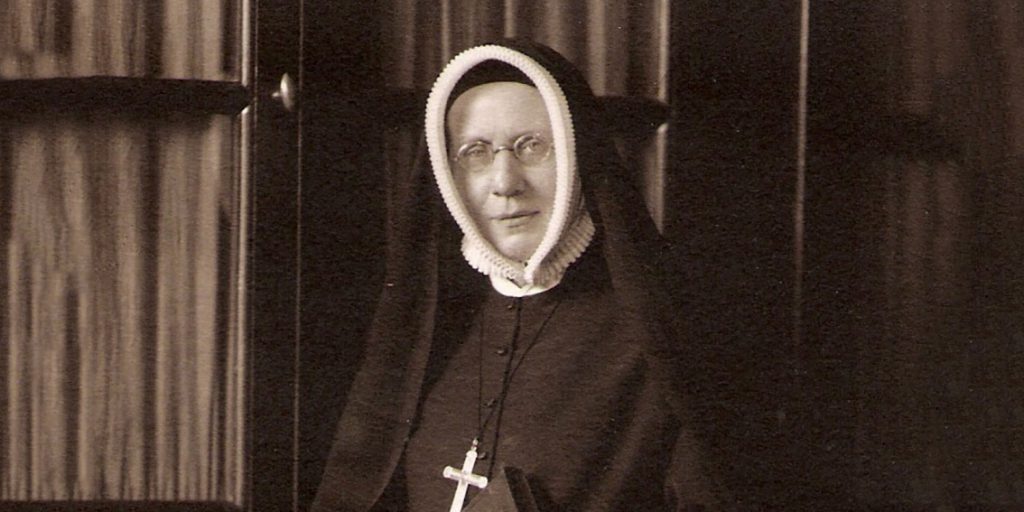
What do we know about Mother Janet Erskine Stuart RSCJ and her key attributes?
- We know of her love of education and for sharing that love with others.
- Her influence extends throughout the world, primarily in her writings.
- She spoke about the power of being independent in learning and the quest to foster a thirst for knowledge.
- She was a realist, knowing that our growth and development takes time.
Some sayings are captured in our JES building. You may care to look at these when you next visit.
She said “we must bring home to our children and to ourselves also, the responsibilities of our gifts”.
She said “aim at the very highest and the best, but understand that to get this is a life’s work, not the work of a day, so never let failure cast down or disappoint you. But always begin again with great courage and confidence”.
Mother Mabel Digby
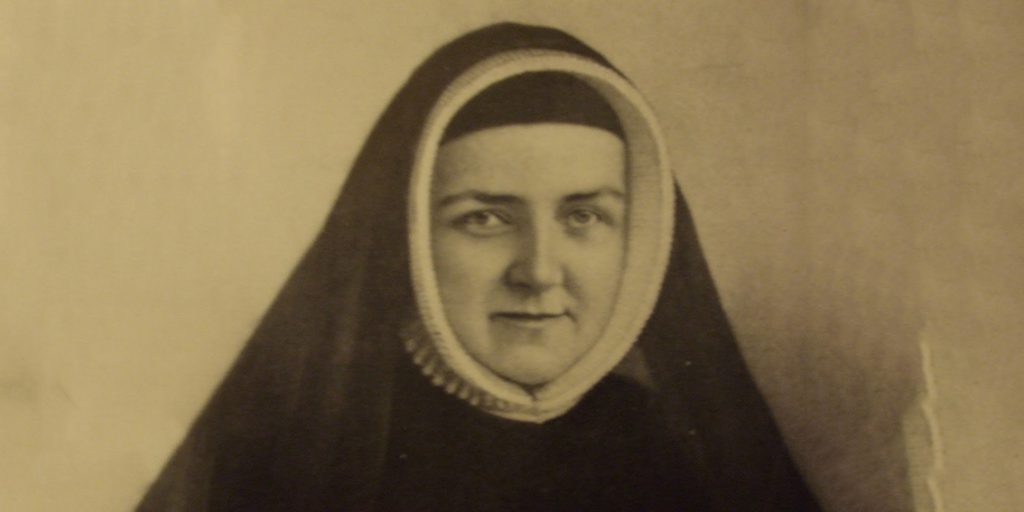
What do we know about Mother Mabel Digby RSCJ and her key attributes?
- She is best remembered for her key attributes which she modelled throughout her life and the influence she had on others.
- Her attributes include her determination, her faith and faithfulness to others. She was brave and very hard working.
- She was someone who could be relied upon and she was highly regarded in the Society.
- Although we hear a lot about Janet Erskine Stuart as the ‘guru’ around education, teaching and furthering one’s thirst for knowledge, it was Mabel Digby who supported, modelled for and grew Janet Erskine Stuart’s leadership ability.
For like many of us, Janet Erskine Stuart had a voice in her head that kept telling her she was not as good, or as worthy a leader, as Mabel Digby.
Mabel Digby gave Janet Erskine Stuart the confidence to be at her best.
We learn from Mabel Digby the ability to share talents and to build the community in which we are.
Furthermore, through Mabel Digby’s example, we are encouraged to cultivate and grow our desire and capacity to change the world and to leave this earth somehow better than we found it.